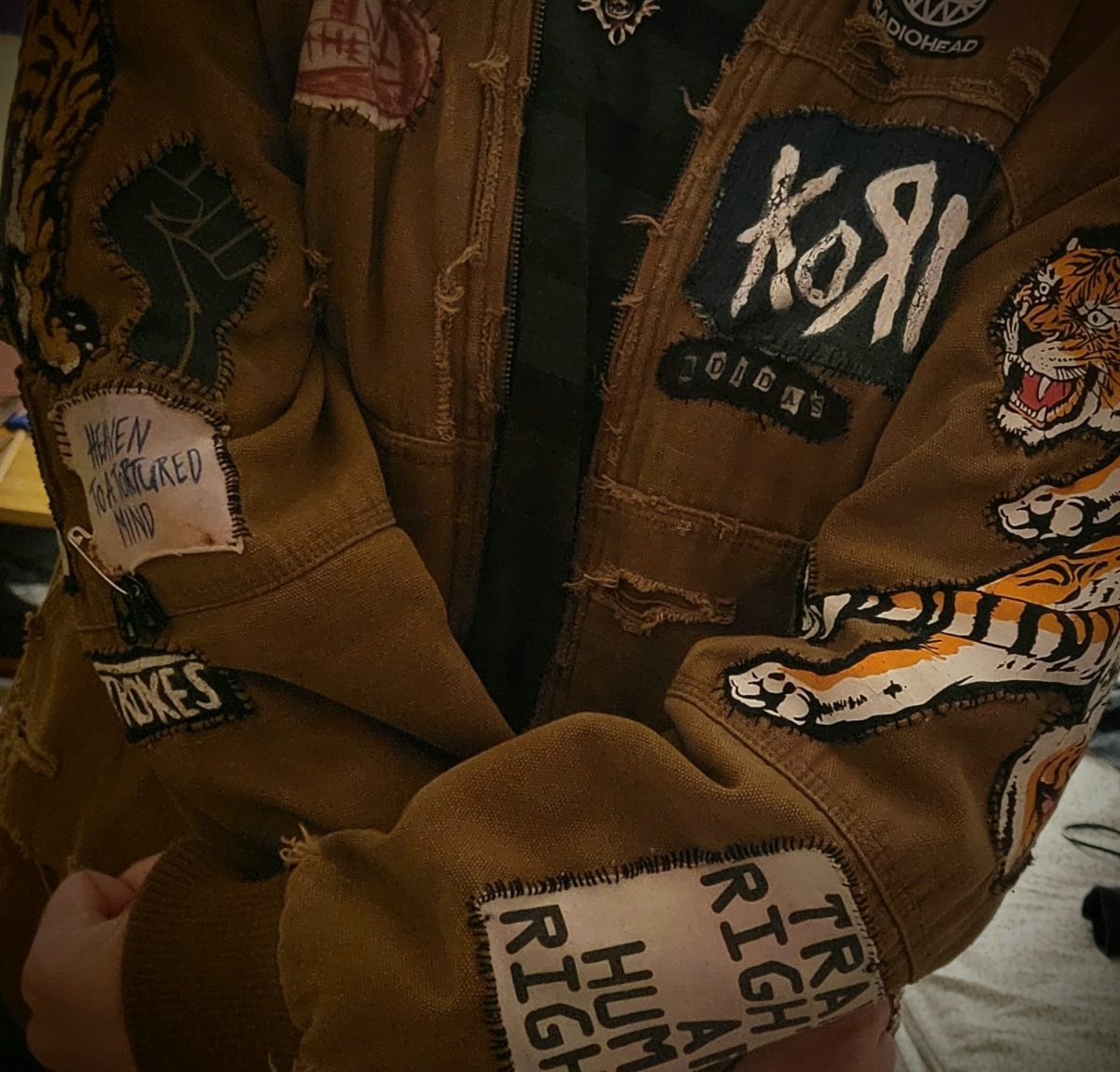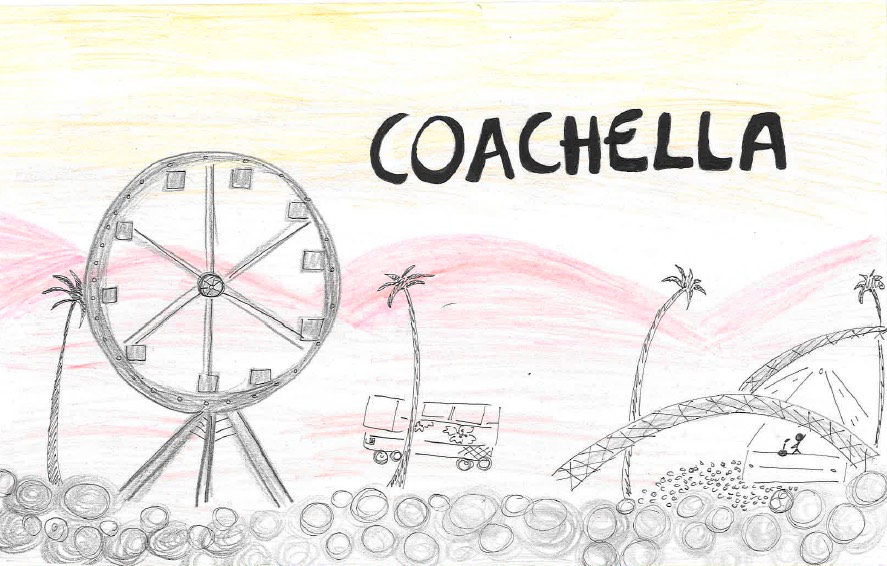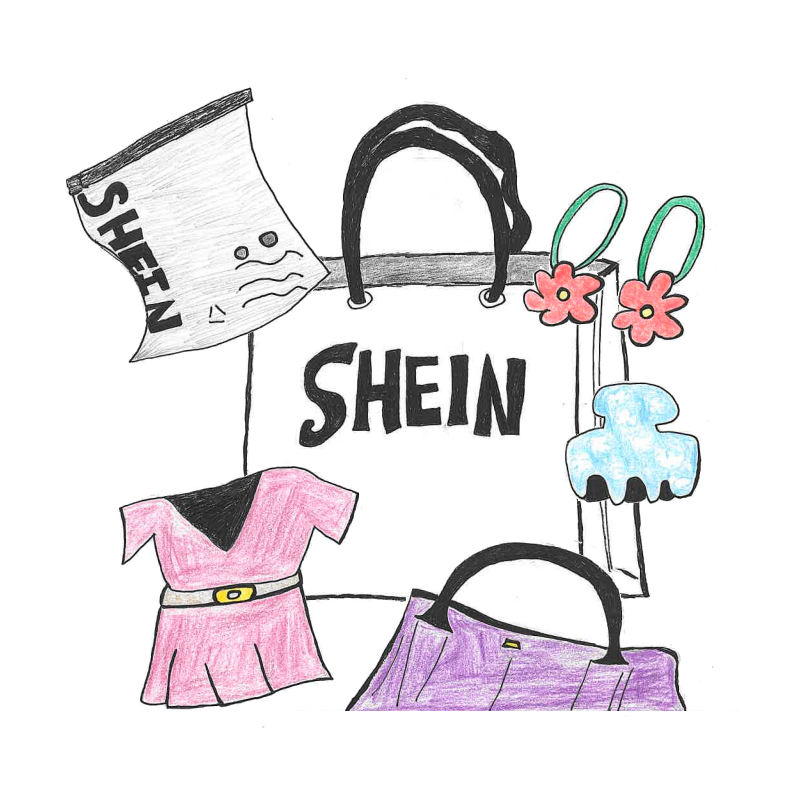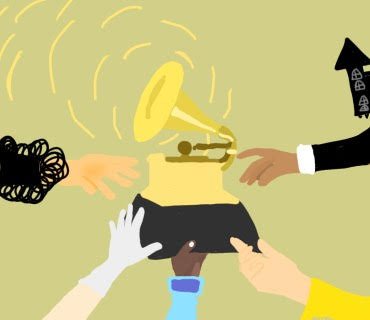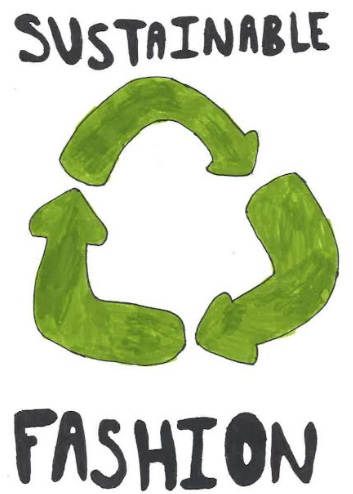
Shein, H&M and Urban Outfitters — these are just a few of the highly damaging fast fashion brands considered trendy by consumers today.
The term “fast fashion” describes clothing that is created rapidly and in poor quality to stay relevant to trends and keep prices cheap. This type of clothing production is known for its unsustainability. It’s estimated that fast fashion produces a tenth of the world’s carbon emissions and consumes an average of 79 trillion liters of water every year. The aftermath isn’t pretty either — after being put on shelves and purchased by consumers, many articles of clothing are thrown out just after a few wears due to wear-and-tear or going out of style caused by rapidly changing trends, also known as micro trends. Many of these brands are experts at hiding their wasteful practices or even putting up a front of “sustainable” efforts. This means that some of your favorite brands could produce fast fashion, and you might have no idea.
“I absolutely think that fast fashion contributes to climate change,” Ms. Emily Shields, Environmental Science teacher at Columbia Heights High School, said. “It takes a lot of resources to produce clothing, [which] often includes refining fossil fuels to make plastics and other cheap textiles.”
Despite the normalcy of this variety of fashion, there are many sustainable fashion brands out there — even some major household names! For the past few years, denim clothing company Levis has been making sustainable efforts to lower their water usage. Previously, a single pair of jeans could take up to 3800 liters of water to make, but with the Levis Water<less method, that number is much lower than in previous years. In 2019, 69% of Levis jeans were made with their water-saving method, and they also shared these methods with 20 of their competitors to expand the positive results of their techniques. Overall, Levis is making active successful sustainable efforts that will have a long-lasting positive impact. Another brand making efforts to be more sustainable is Adidas. Adidas has been dominating the shoe game since the 50s, but that doesn’t mean they are limited to outdated manufacturing techniques. They now use 96% recycled polyester in addition to making shoes that will last long and thus produce less waste. They’re also working to reduce their carbon footprint (down by 15% per product by 2025) and provide more information on their carbon emissions to consumers, allowing for an open and honest conversation that we as consumers should be having, considering the danger facing our planet and the vast number of clothing options available.
Although effective, lowering water waste and CO2 production aren’t the only ways to get the job done. Shopping for vintage clothes is known to be much more sustainable than buying newly made pieces of clothing as it eliminates production waste, but trendy vintage clothing can be difficult to find for an affordable price. The popular clothing seller Ragstock has been stocking and repurposing vintage clothing since the foundation of its brand. Ragstock eliminates this concern by making fairly priced vintage clothing available all across the country via innovative business techniques such as upcycling overstock from manufacturers in addition to the typical resale method. This is a great way to encourage shopping for used clothes and make it an available option to everyone, regardless of budget or location.
Shopping locally is another convenient and close way to ensure your clothes are made sustainably while also supporting your community. Whether it be from a locally based Etsy shop or a well-loved small business with many locations, shopping locally is always the better option. Local businesses are much more likely to keep sustainability in mind while stocking their products. This means that they make less waste and may even adopt more environmentally friendly practices such as reduce, reuse and recycle.
A great example of a local business that shows outstanding sustainable practices is Green Threads, a vintage store located in Northeast Minneapolis.
“Green Threads is not your average secondhand shop. We have created an Oasis of 90’s nostalgia in our pocket of Northeast Minneapolis,” founder Sarah Emerson said. “At the heart of Green Threads is our passion for sustainability. But we’re also proud to be a small business that values our community of shoppers and employees.”
Their team works with textile recyclers, also known as “rag houses,” to procure vintage pieces and refurbish them instead of allowing them to go to waste as well as using 100% compostable materials for shipping.
“We believe it’s truly the most sustainable way to ‘produce’ clothing,” Emerson said. “When our customer orders products online, they can unwrap their vintage and toss all shipping materials directly in their compost for a zero-waste experience.”
Over the years, Green Threads has saved hundreds of clothing pieces from landfills and instead found them a new owner through their online or in-store sales. If Green Threads sounds like something that would be up your alley, visit their website shopgreenthreads.com or head over to their cozy showroom located at 1101 Stinson Blvd Suite 100 in Minneapolis.
Similar to buying vintage clothing, thrifting is a great option to keep your shopping sustainable. Whether it be from a well-known franchise like Goodwill (non-profit) or Savers (for profit), it reduces production waste and is often much more affordable and accessible than vintage shopping.
All in all, large brands and local businesses alike are setting a standard for the fashion industry. These brands and their sustainable efforts will hopefully be the forces that shape the future of the industry and lead it into a life of more sustainable practices, mindful consumption or maybe just some clothing that you can continue to pass down to future generations.


